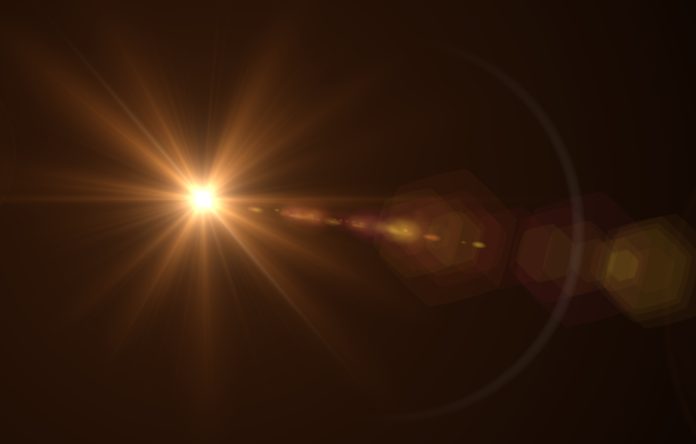In a new breakthrough, an international team of astronomers has discovered a young planet forming around a star similar to our Sun
The newly found planet, named WISPIT 2b, is estimated to be just 5 million years old and is likely a gas giant similar in size to Jupiter.
This discovery offers a rare glimpse into the early stages of planet formation and could reshape our understanding of how planetary systems like our own solar system develop.
A rare find
Researchers from Leiden University, the University of Galway, and the University of Arizona made the discovery and have published in the Astrophysical Journal Letters.
Using the Very Large Telescope (VLT) located in the Atacama Desert in Chile, astronomers initially set out to conduct quick observations of young stars to search for signs of planets.
Instead of a single point of light indicating a planet, the team came across an elaborate, multi-ringed dust disk surrounding WISPIT 2, prompting a more detailed investigation. Follow-up observations revealed the presence of the planet WISPIT 2b, nestled within a gap in the disk.
This is only the second confirmed detection of a planet at such an early stage of development around a star like our Sun. It is also the first precise detection of a planet in a multi-ringed disk, making WISPIT 2b a vital subject for ongoing and future studies in planetary science.
Observing a planet in the making
WISPIT 2b was observed in near-infrared light, which revealed that the planet is still glowing and hot from its recent formation.
A separate team at the University of Arizona also detected the planet in visible light using a custom-designed instrument, confirming that the planet is still actively accreting gas, a sign that it is still forming its atmosphere.
The planet’s host disk is immense, stretching to a radius of 380 astronomical units (AU). These disks of dust and gas are considered the birthplaces of planets, often featuring visually striking features like rings and spiral arms. The structure of the disk surrounding WISPIT 2 is believed to have been shaped by the newly forming planet within it.
Planet formation
WISPIT 2b now offers astronomers an ideal natural laboratory to study how young planets interact with their surrounding disks and evolve. By examining systems like this one, researchers hope to understand better why exoplanet systems appear in such a wide variety of shapes and configurations, and why many look so different from our own solar system.
The discovery was made as part of a five-year observational project aimed at studying whether gas giant planets on wide orbits are more common around young or older stars. While the main goal was different, the unexpected detection of WISPIT 2b marks a significant milestone.











